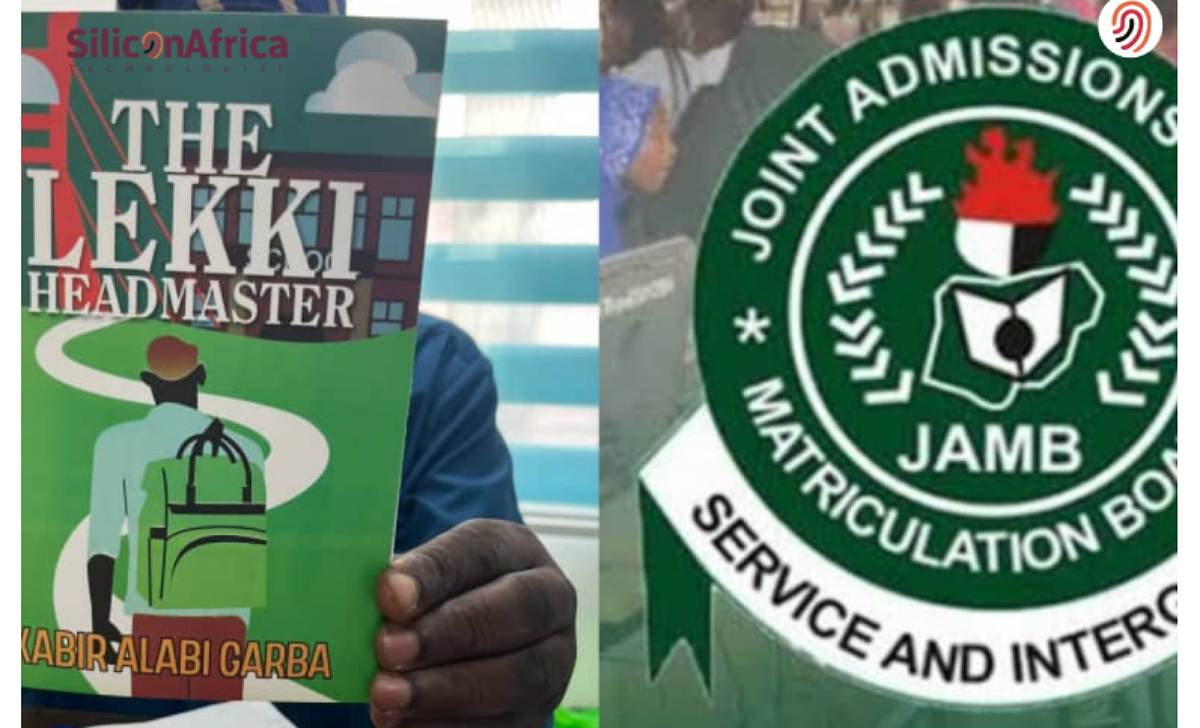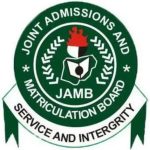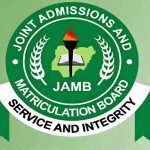“The Lekki Headmaster” by Kabi Alabi Gaba is a compelling novel selected by JAMB for the 2025 UTME. It explores themes of education, leadership, corruption, and resilience within a Nigerian context.
This article provides potential questions and answers to help students prepare for the exam.
Understanding the Novel
Before diving into the questions, it’s important you understand the novel’s core elements:
- Plot Summary: Briefly, the story revolves around Mr. Bepo, a dedicated teacher who takes on the challenging role of headmaster at Stardom Kiddies, a school plagued by corruption and mismanagement. He faces numerous obstacles in his quest to reform the school and provide quality education.
- Character Analysis: Key characters include Mr. Bepo (the protagonist), Mrs. Adebayo (a supportive teacher), Mr. Alabi (a corrupt official), and various students who represent the impact of Mr. Bepo’s efforts.
- Themes: The novel tackles themes like the importance of education, the fight against corruption, the challenges of leadership, the power of resilience, and the role of community in education.
- Setting: The school’s location in Lekki, a rapidly developing area in Lagos, Nigeria, adds a layer of social commentary to the story.
Lekki Headmaster Possible JAMB Questions and Answers
The following questions are categorized to aid understanding and cover different aspects of the novel:
I. Character Analysis:
-
Who is Mr. Bepo, and what are his primary motivations?
- Mr. Bepo is the protagonist, a dedicated and idealistic teacher who becomes the headmaster of Stardom Kiddies. His primary motivation is to provide quality education to the students and reform the corrupt system within the school.
-
Describe the role of Mrs. Adebayo in the novel.
- Mrs. Adebayo is a supportive and experienced teacher who becomes an ally to Mr. Bepo. She provides guidance and helps him navigate the challenges within the school.
-
What does Mr. Alabi represent in the story?
- Mr. Alabi represents the corrupt officials and systemic issues that hinder progress in the education sector. He is an antagonist who tries to undermine Mr. Bepo’s reforms.
-
How do the students of Stardom Kiddies contribute to the narrative?
- The students represent the beneficiaries of Mr. Bepo’s efforts. Their diverse backgrounds and individual stories highlight the impact of education and the challenges faced by young people in the community.
II. Plot and Events
-
Describe the initial state of Stardom Kiddies when Mr. Bepo arrives.
- Stardom Kiddies is in a state of disarray, marked by poor infrastructure, inadequate resources, and a culture of corruption. The students’ academic performance is low, and the school lacks proper management.
-
What are some of the key challenges Mr. Bepo faces in his role as headmaster?
- Mr. Bepo faces resistance from corrupt officials like Mr. Alabi, lack of funding, inadequate resources, and the need to change the negative attitudes of some teachers and students.
-
How does Mr. Bepo attempt to reform the school?
- Mr. Bepo implements various reforms, including improving teaching methods, promoting discipline, seeking community support, and fighting against corruption.
-
What is the significance of the school’s location in Lekki?
- Lekki, as a rapidly developing area, symbolizes the changing face of Nigeria and the challenges of providing quality education in a context of rapid urbanization and social change.
III. Themes and Issues:
-
Discuss the theme of corruption in “The Lekki Headmaster.”
- Corruption is a central theme, depicted through the actions of Mr. Alabi and the systemic issues within the school. The novel highlights the negative impact of corruption on education and society.
-
How does the novel portray the importance of education?
- The novel emphasizes the transformative power of education, showing how it can empower individuals, improve communities, and contribute to national development.
-
Analyze the theme of resilience in the story.
- Mr. Bepo’s character embodies resilience. Despite facing numerous obstacles, he remains determined to achieve his goals and reform the school.
-
What is the role of the community in the novel?
- The novel shows the importance of community involvement in education. Mr. Bepo seeks support from parents and community members to improve the school.
IV. Literary Devices
-
Identify and explain the use of irony in the novel.
- The novel uses irony to highlight the contrast between the ideal of education and the reality of the situation at Stardom Kiddies.
-
How does the author use satire in the story?
- Satire is used to critique the corrupt practices and inefficiencies within the education system.
-
What is the significance of the title “The Lekki Headmaster”?
- The title connects the protagonist’s role as headmaster with the specific setting of Lekki, highlighting the local context of the story.
V. General Understanding
-
What is the central conflict in the novel?
- The central conflict is Mr. Bepo’s struggle to reform Stardom Kiddies against the forces of corruption and systemic issues.
-
How does the novel address societal issues?
- The novel addresses various societal issues, including corruption, poverty, inequality, and the importance of education.
-
What is the resolution of the conflict in the story?
- The resolution involves Mr. Bepo’s eventual success in making positive changes at the school, although the specific details of the ending should be reviewed in the text.
-
Which character serves as a mentor to Mr. Bepo?
- Mrs. Adebayo serves as a mentor figure, providing guidance and support.
-
What role do parents play in the novel?
- Parents represent the community’s stake in the school and their potential to support or hinder its progress.
VI. Deeper Analysis
-
How does the novel portray the relationship between teachers and students?
- The novel explores different types of teacher-student relationships, highlighting the importance of positive and supportive interactions.
-
How does Mr. Bepo demonstrate resilience in the face of opposition?
- Mr. Bepo’s resilience is shown through his persistence, determination, and innovative approaches to overcoming challenges.
-
How do the students respond to Mr. Bepo’s new teaching methods?
- The students’ responses vary, with some embracing the changes and others initially resistant.
-
What do the school’s initial poor conditions symbolize?
- The poor conditions symbolize the neglect and underfunding of the education sector and the broader societal issues.
-
How does Mr. Alabi attempt to undermine Mr. Bepo?
- Mr. Alabi uses various tactics, including spreading rumors, manipulating funds, and exerting his influence to obstruct Mr. Bepo’s reforms.
VII. Quotations and Context
JAMB may also ask questions based on specific quotations from the novel. Students should pay attention to key dialogues and passages that reveal character, theme, or plot development.
Preparing for the Exam:
- Read the Novel Carefully: Multiple readings are recommended to fully understand the plot, characters, and themes.
- Take Notes: Jot down key events, character traits, and important quotations.
- Practice with Past Questions: If available, practice with past JAMB questions on previous novels to get familiar with the question format.
- Discuss with Others: Discussing the novel with classmates or teachers can help deepen understanding and identify different interpretations.
This article is intended to be a starting point for your preparation. Remember to consult the novel itself for the most accurate and detailed information. Good luck with your JAMB exam.



